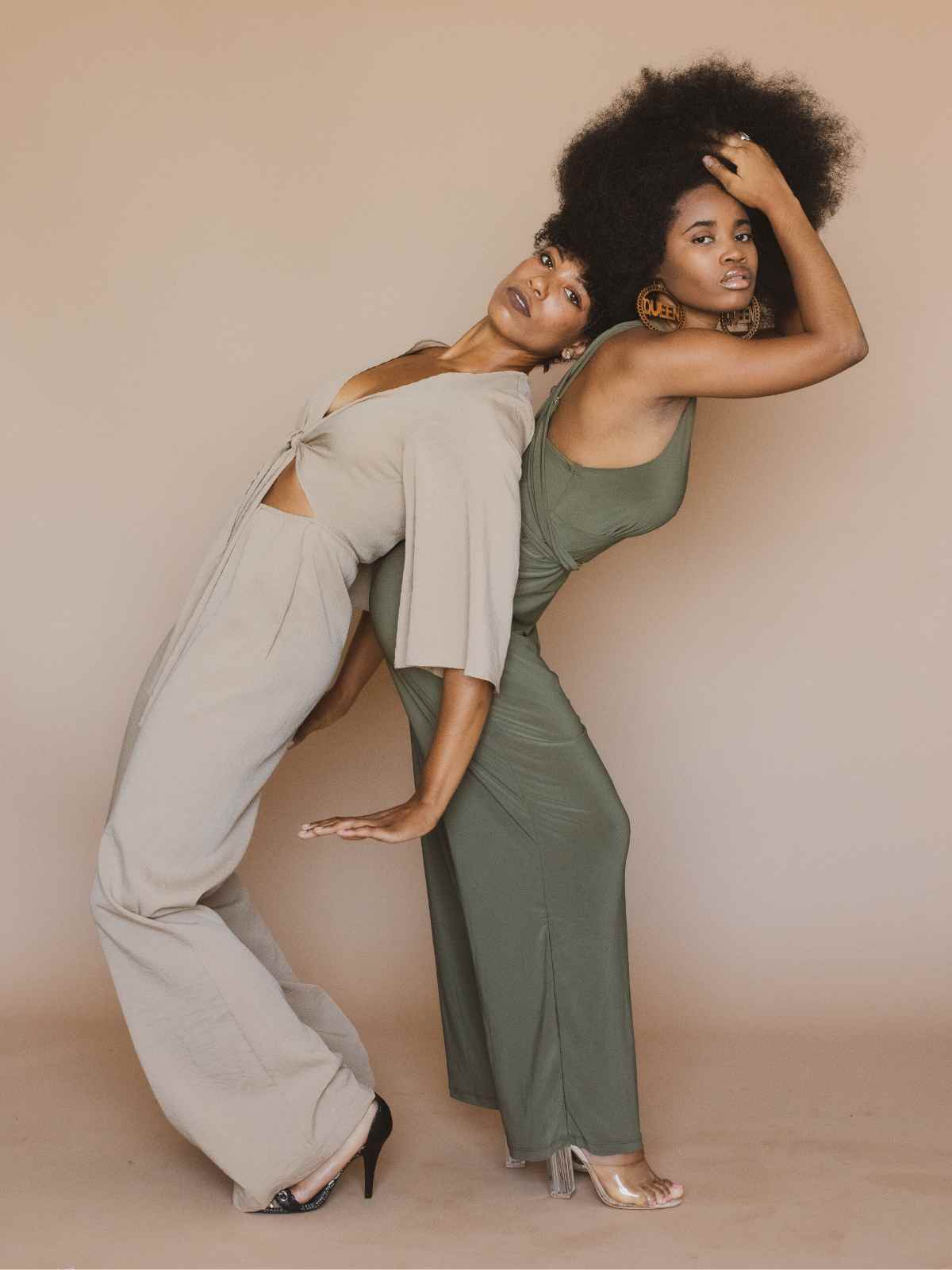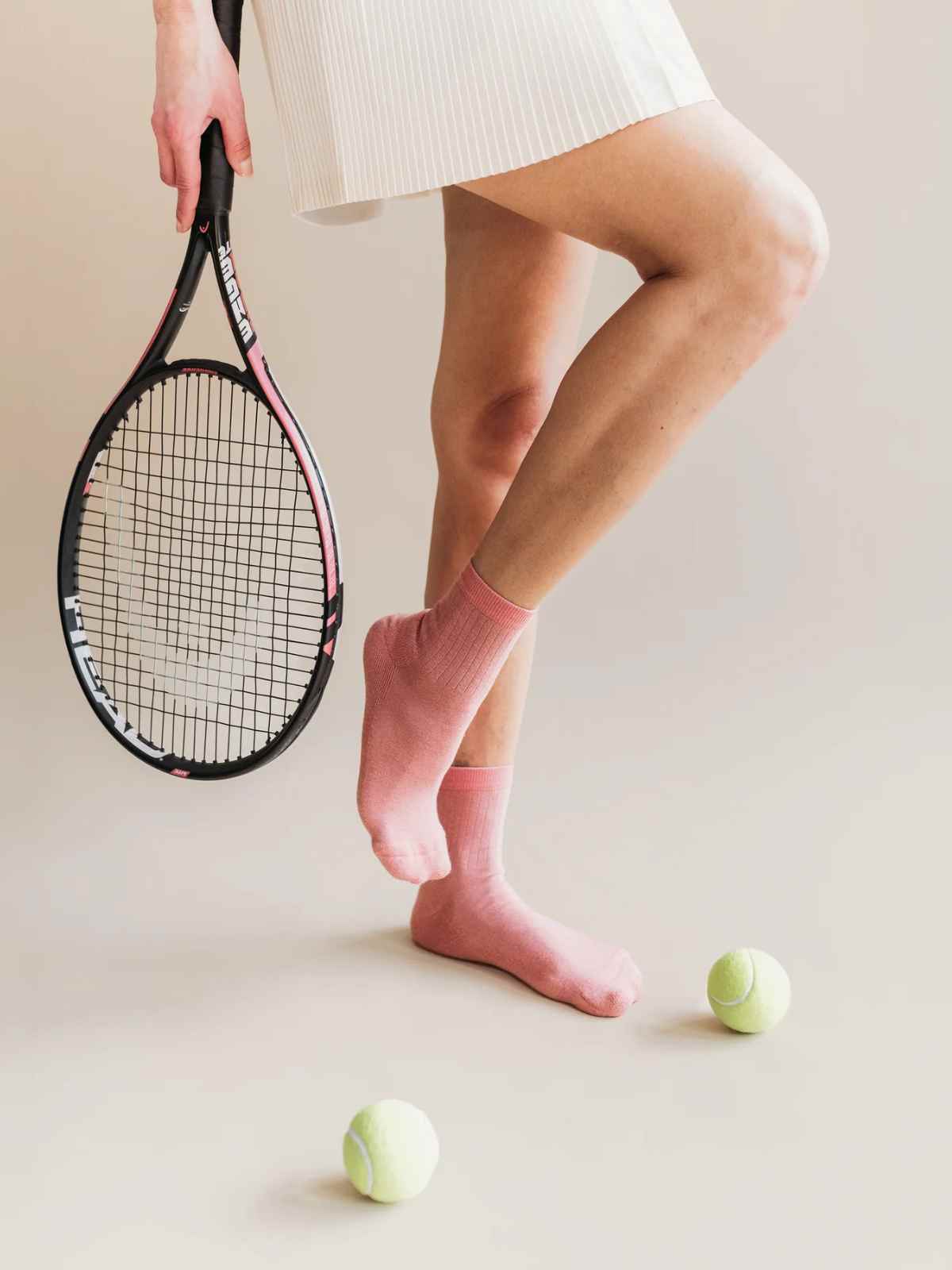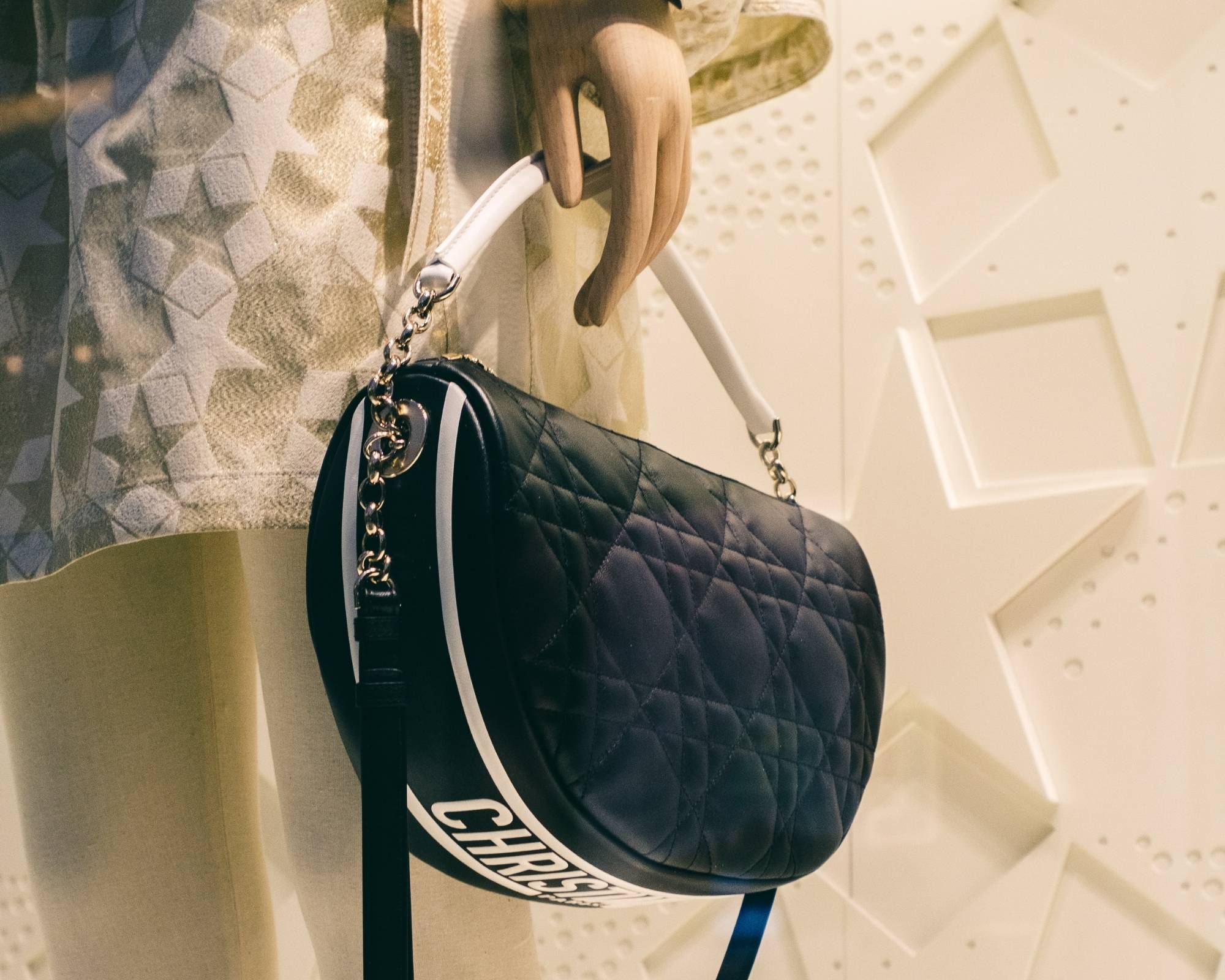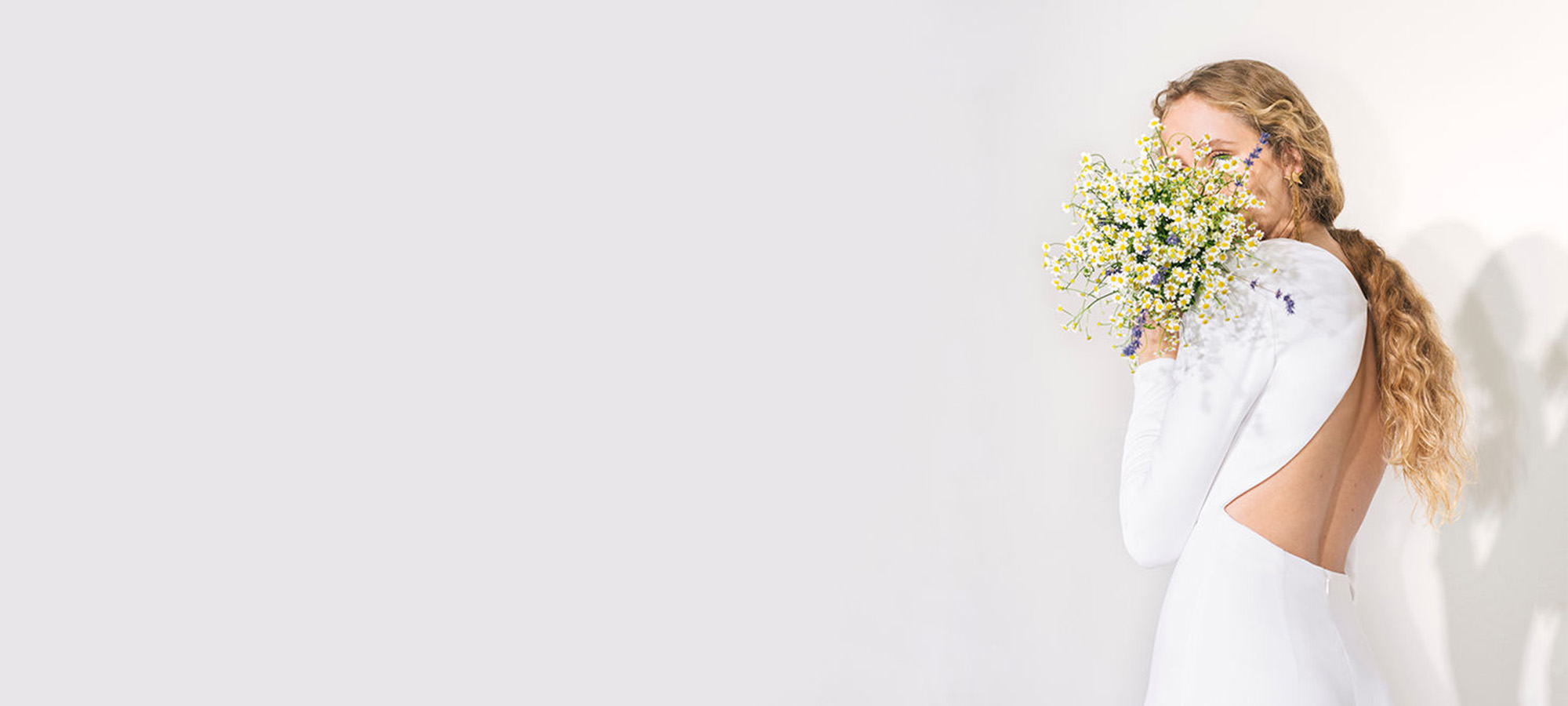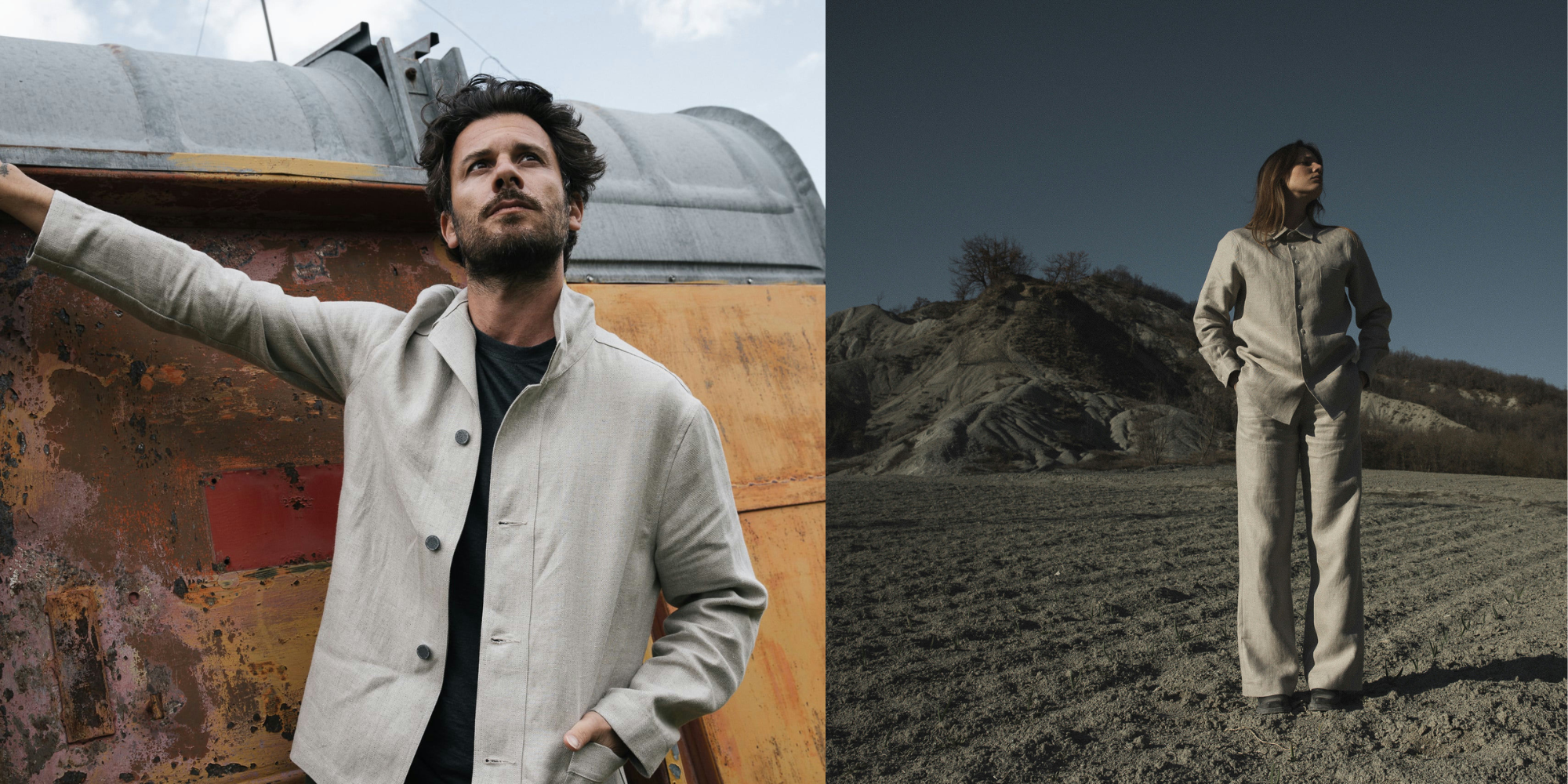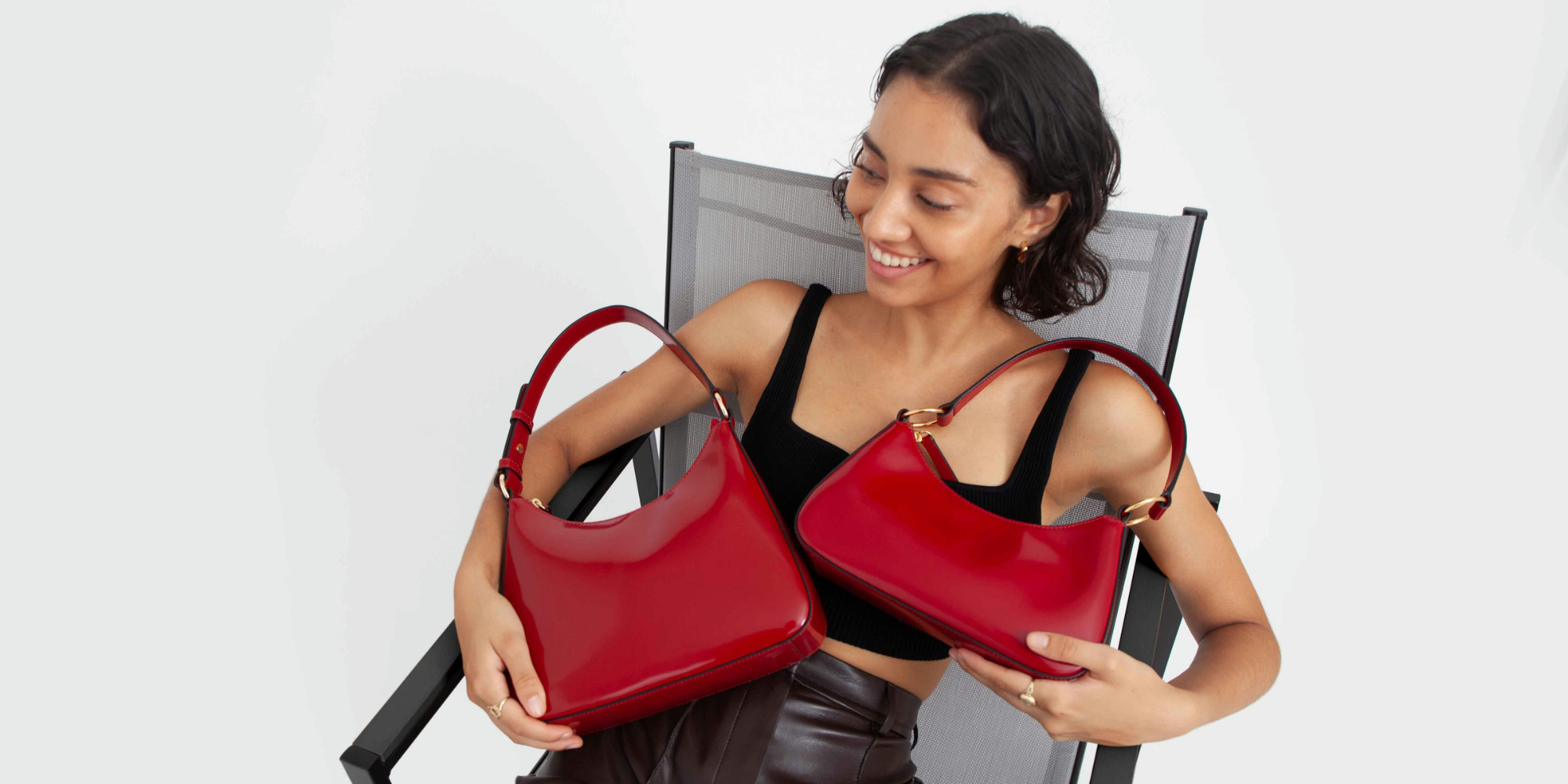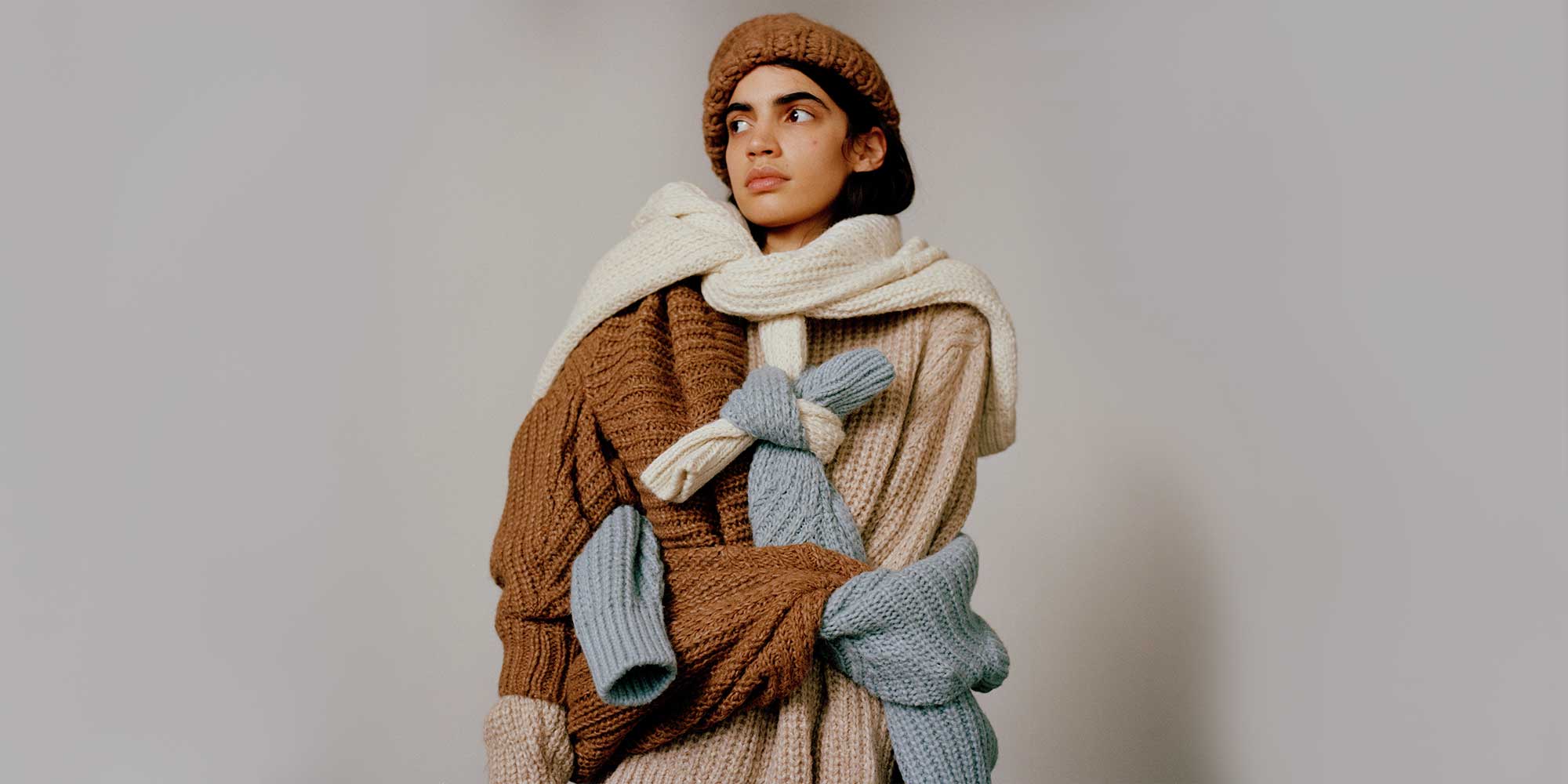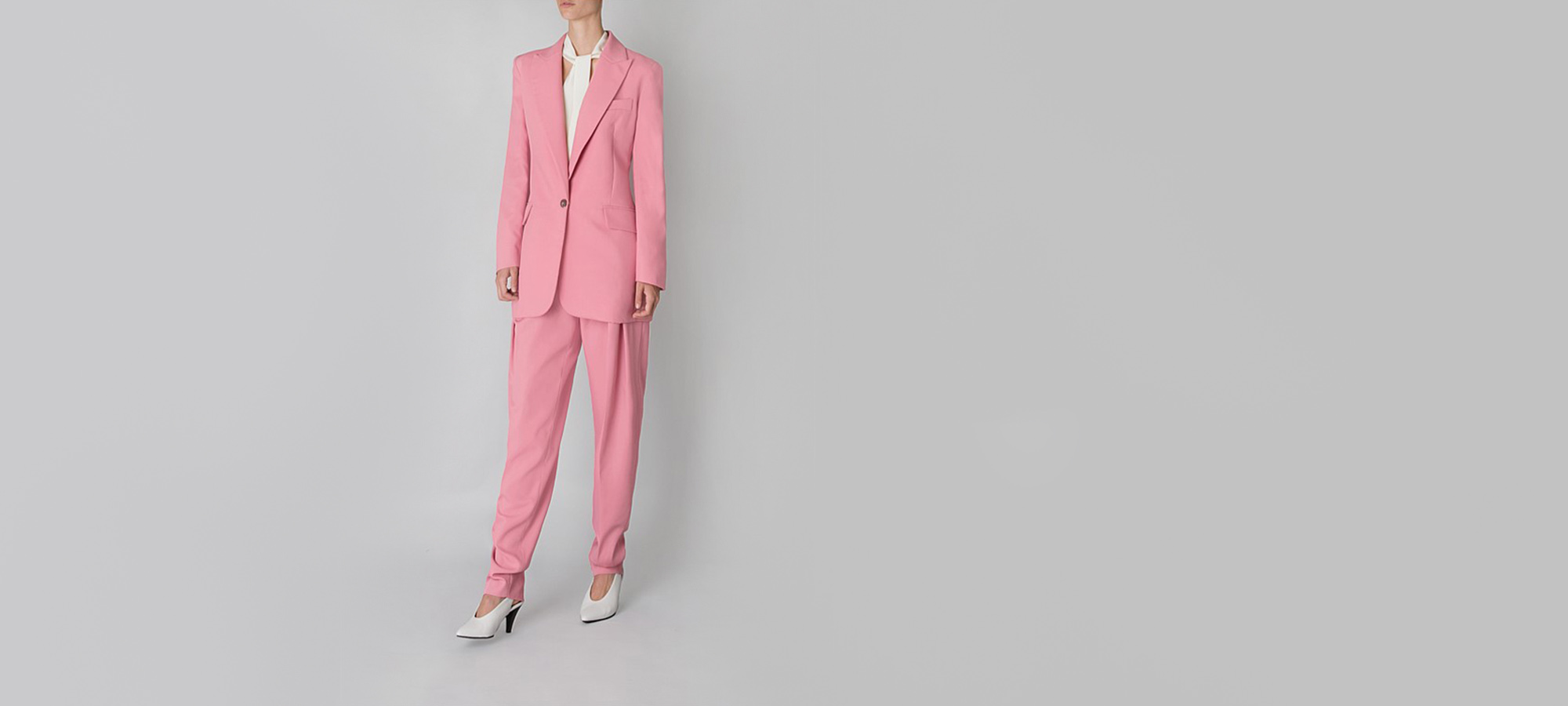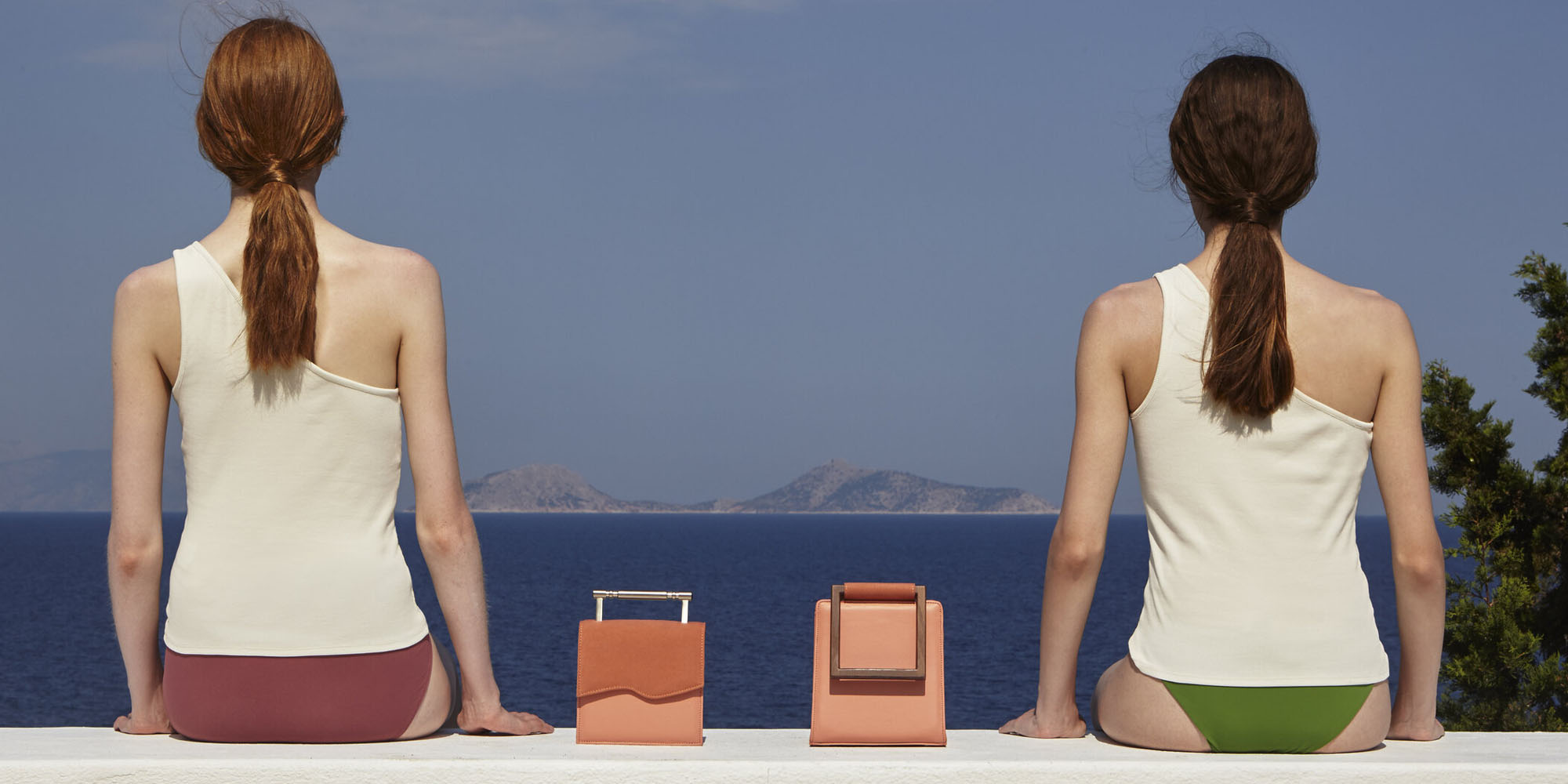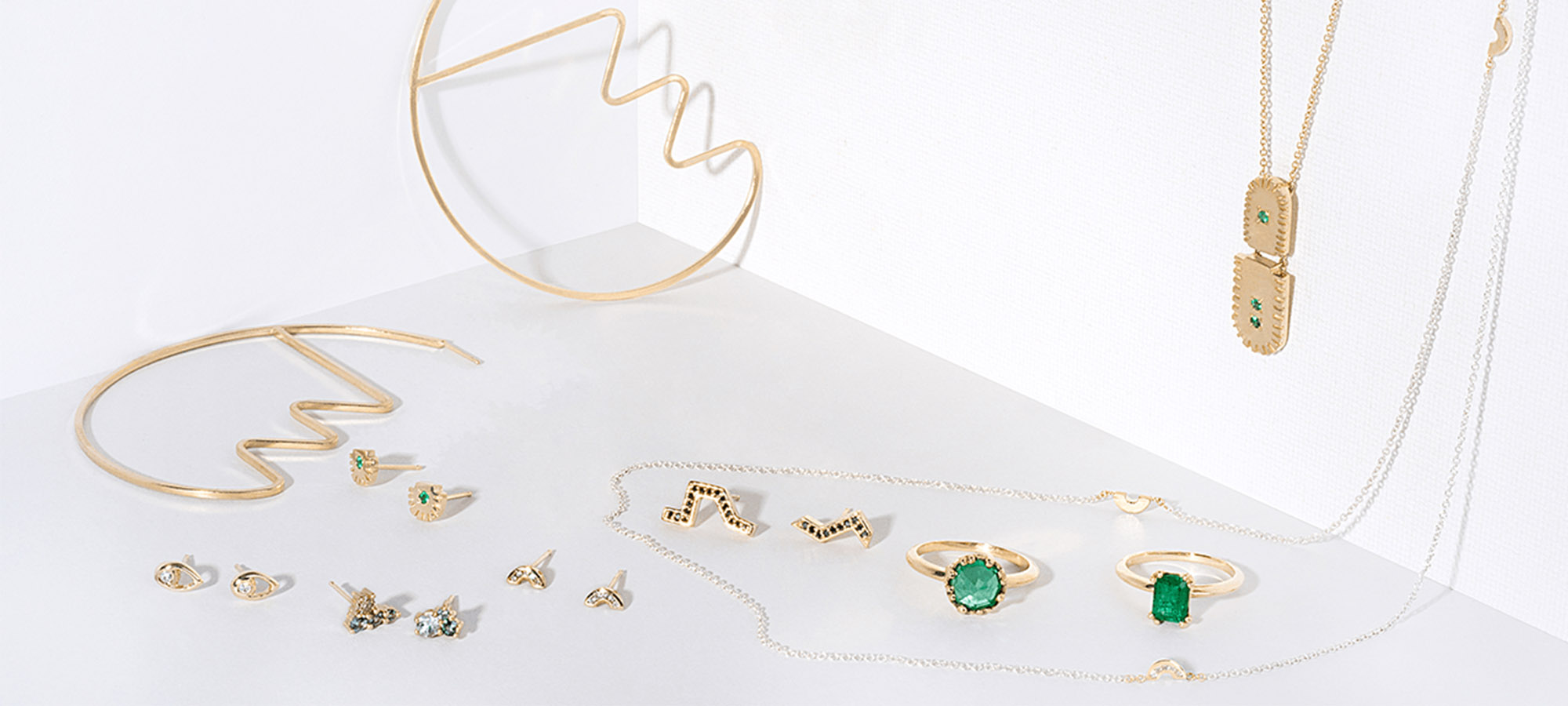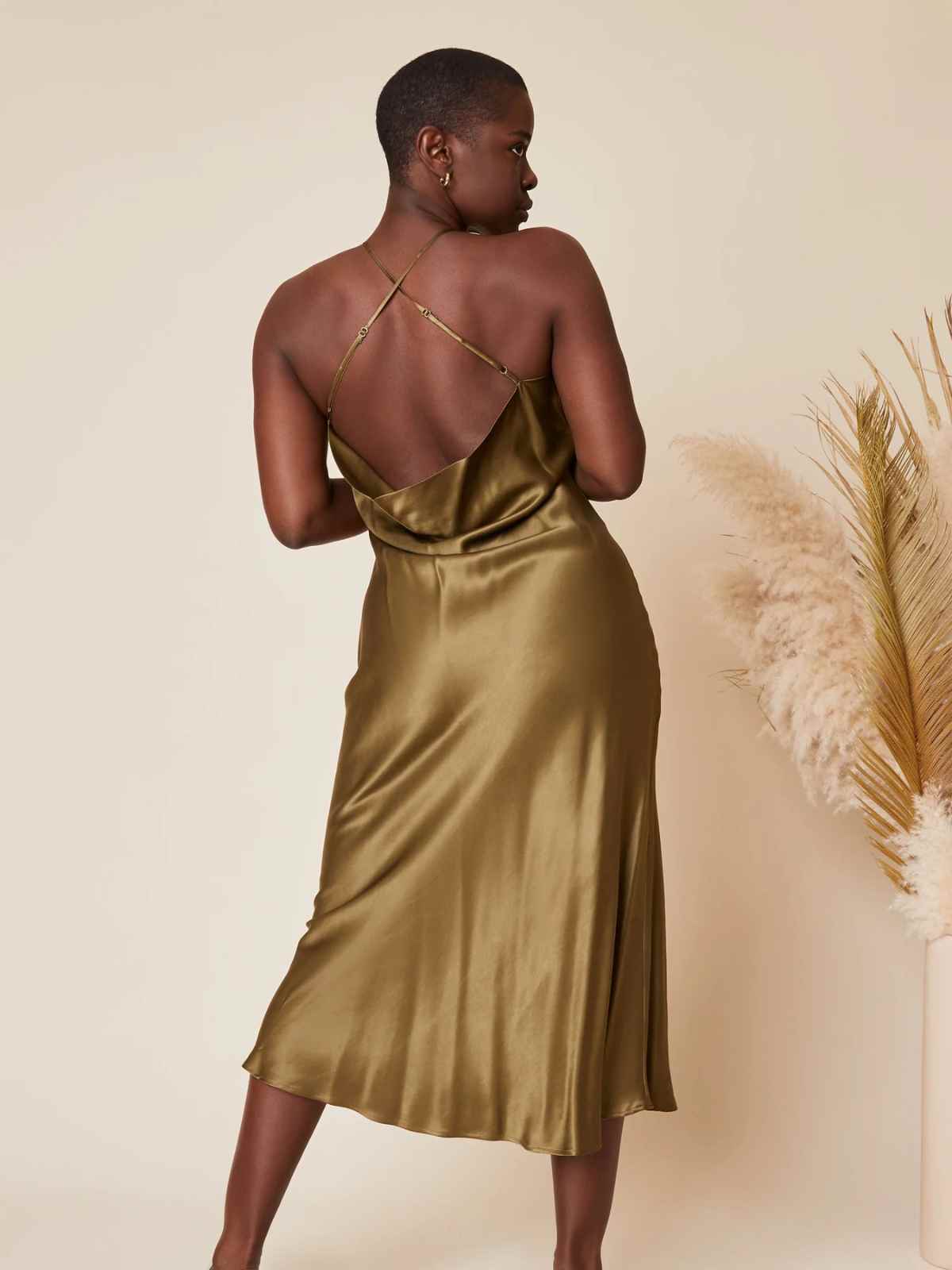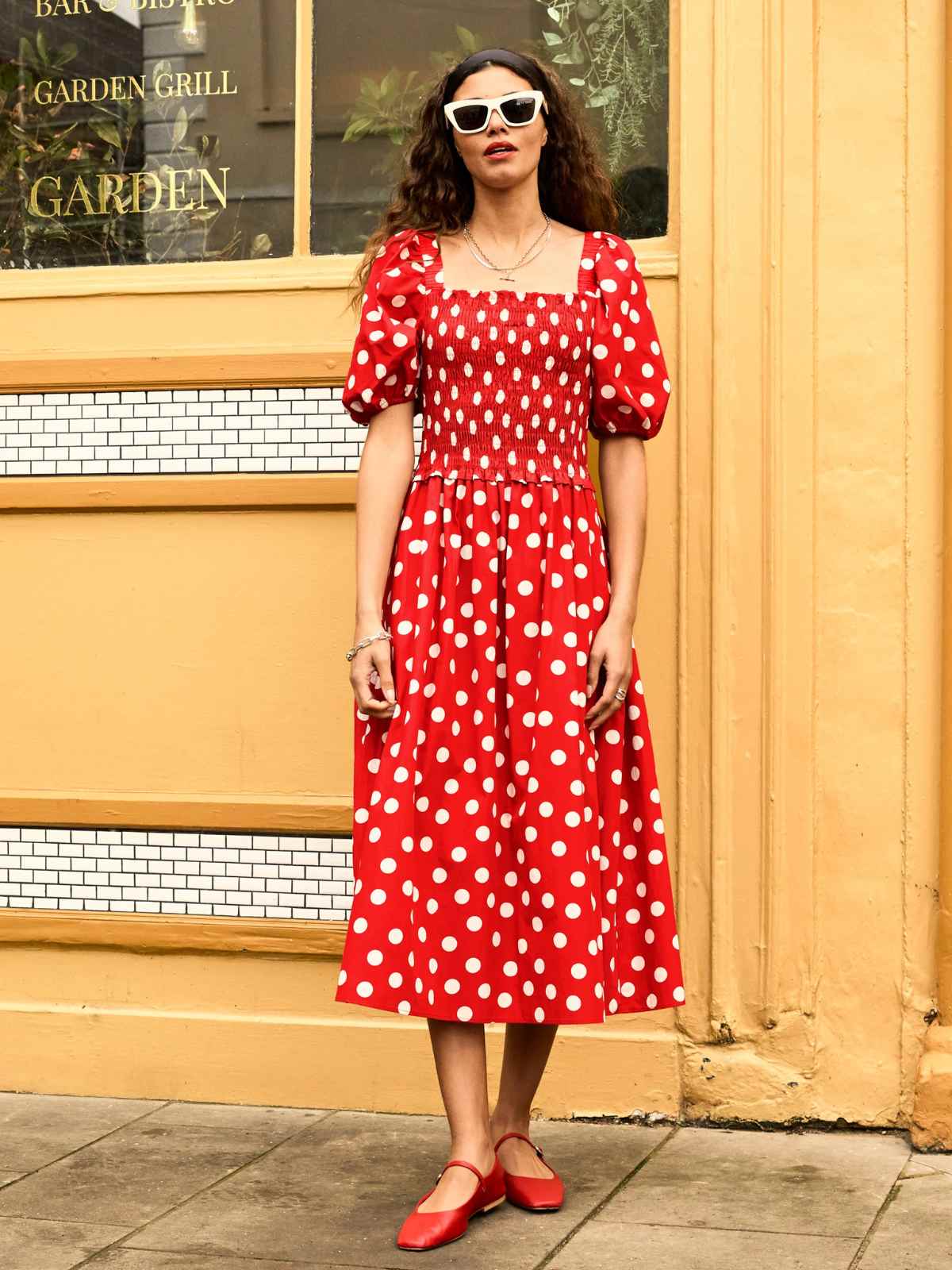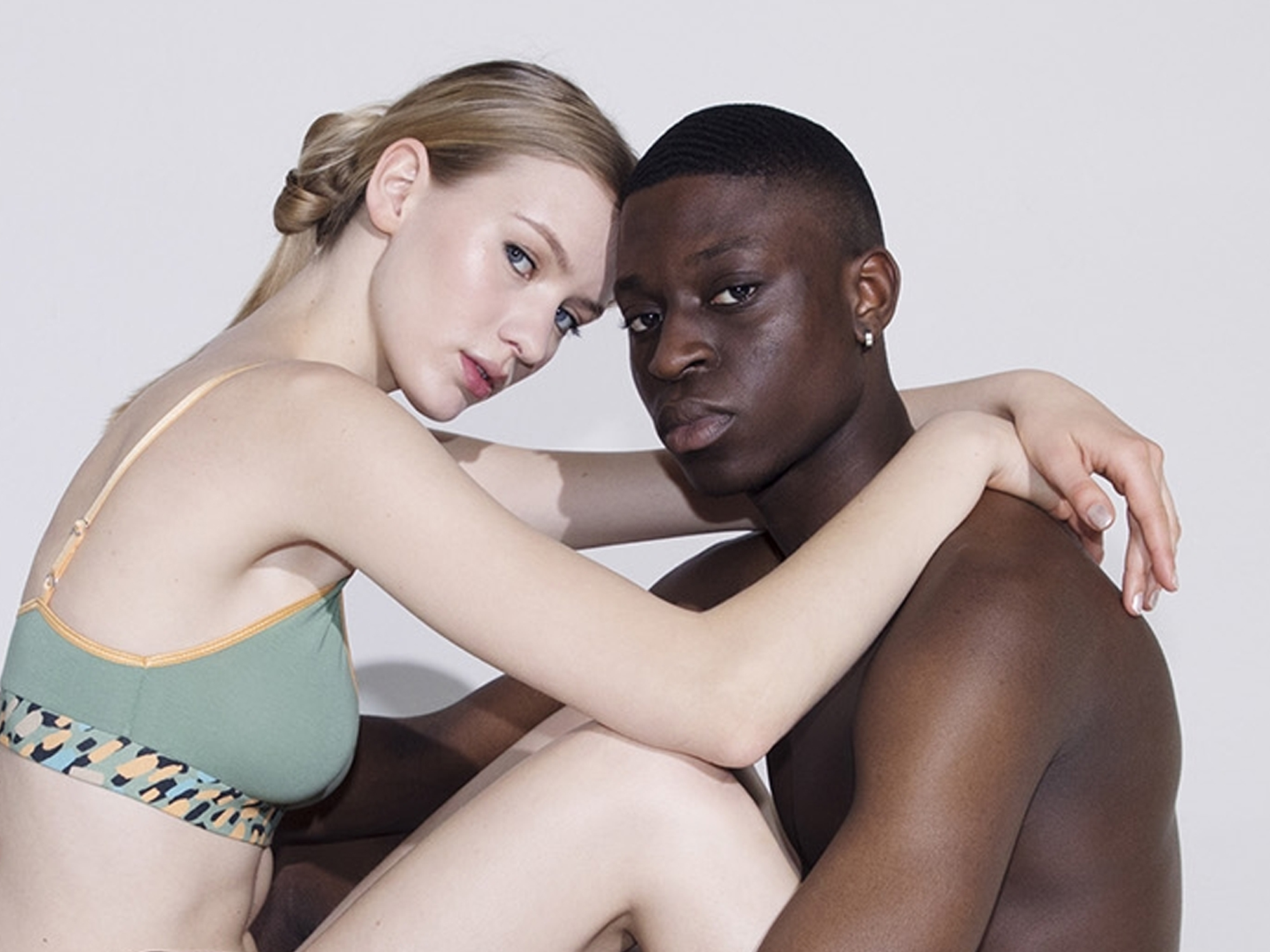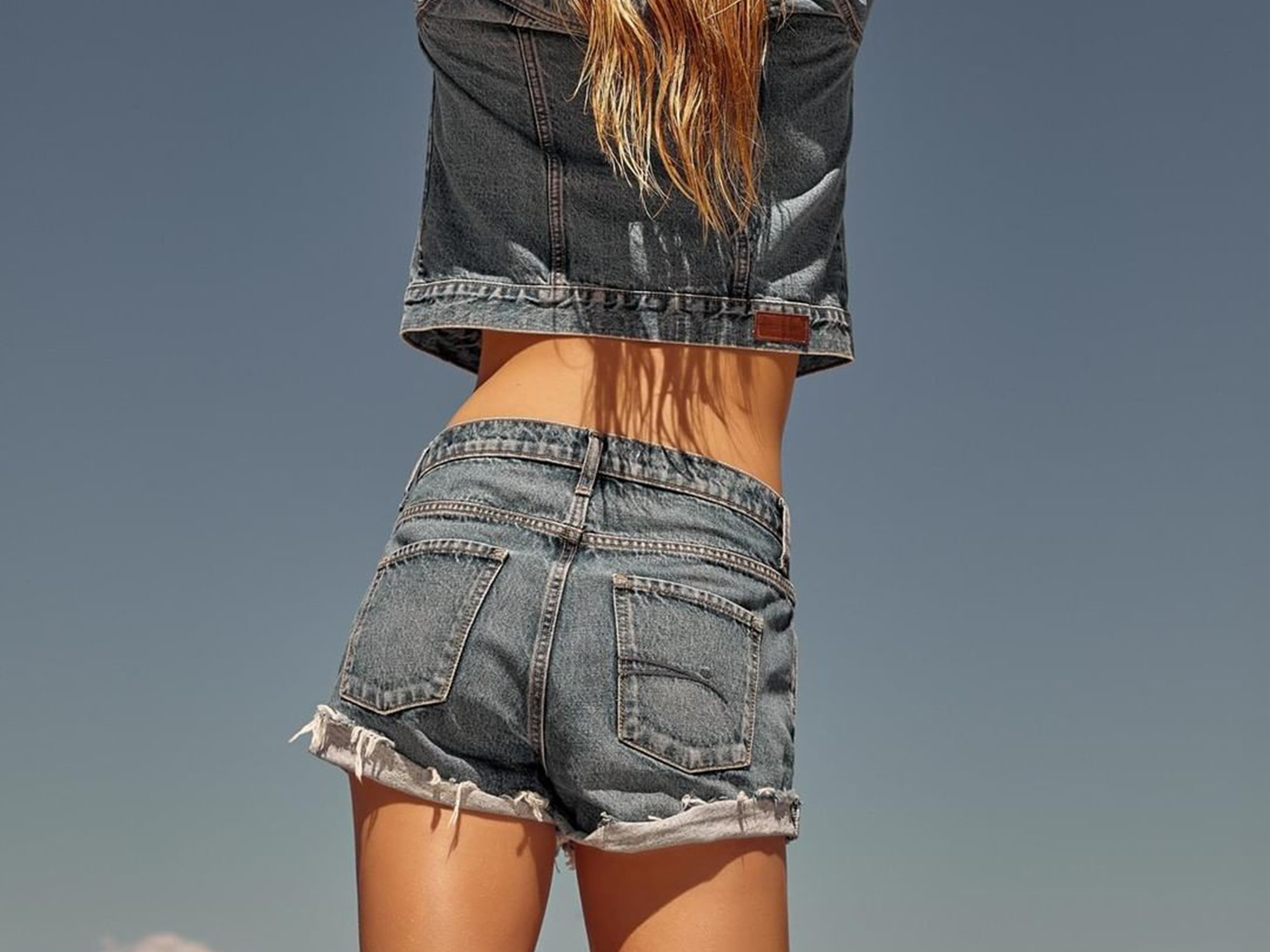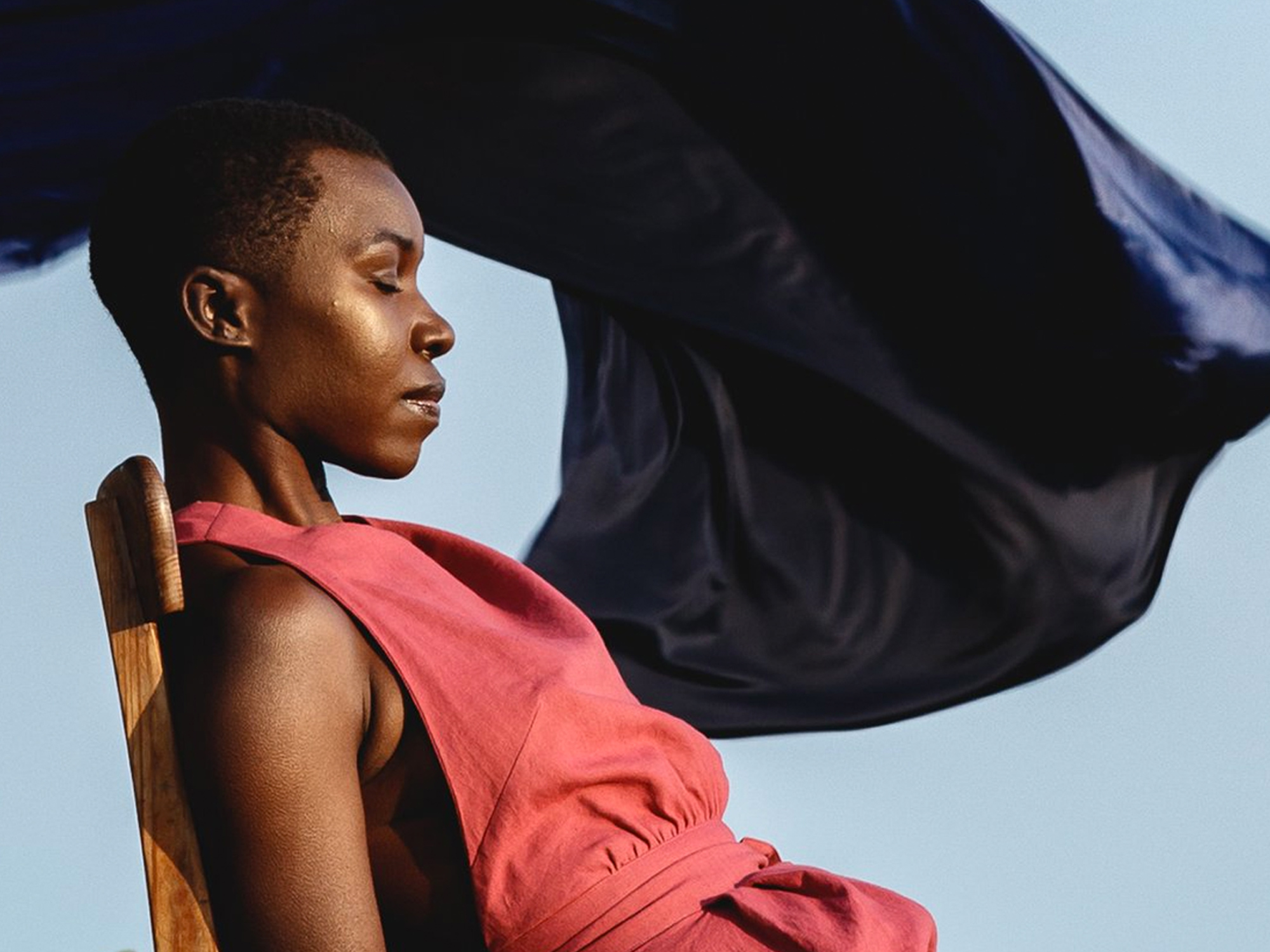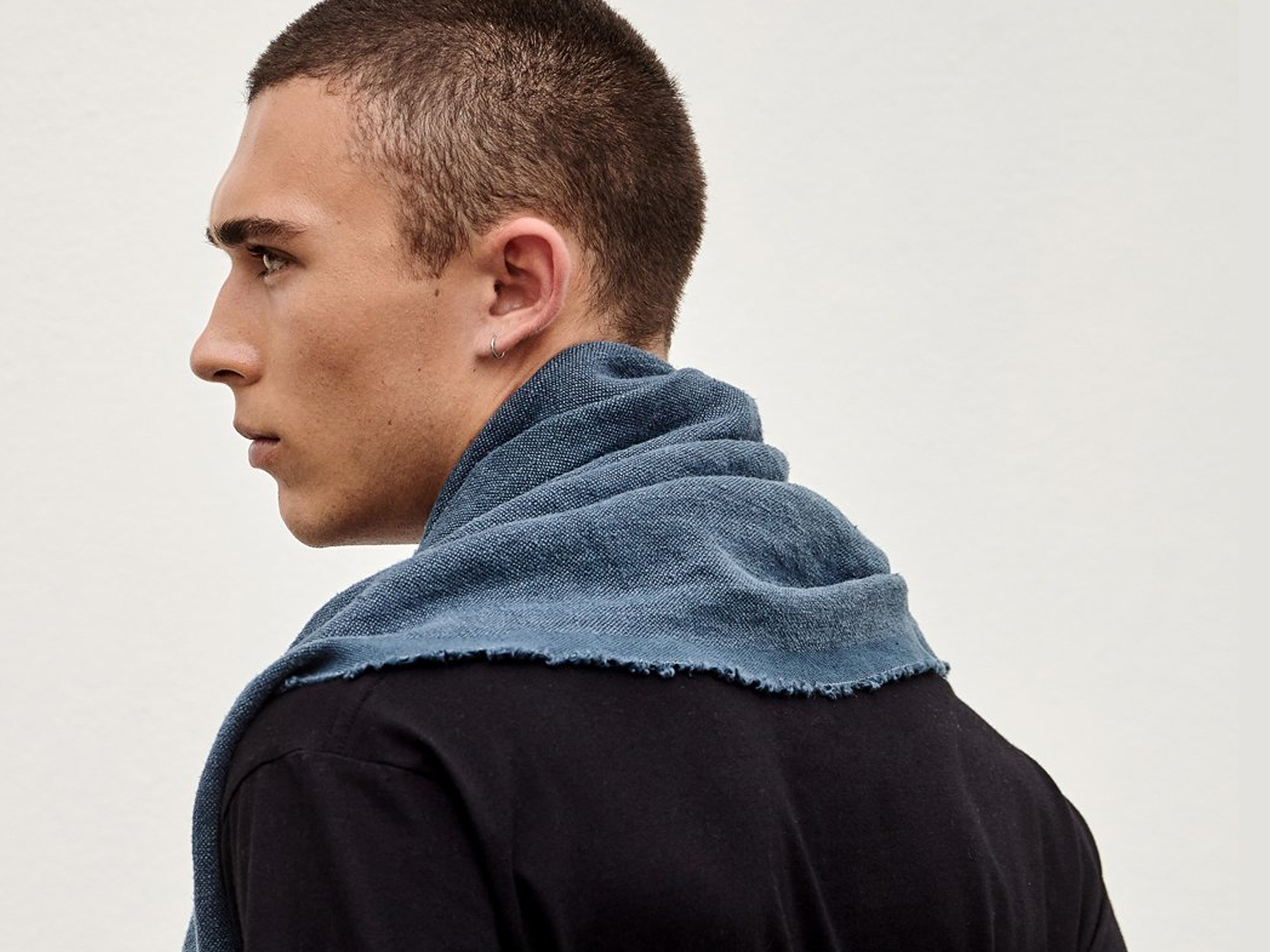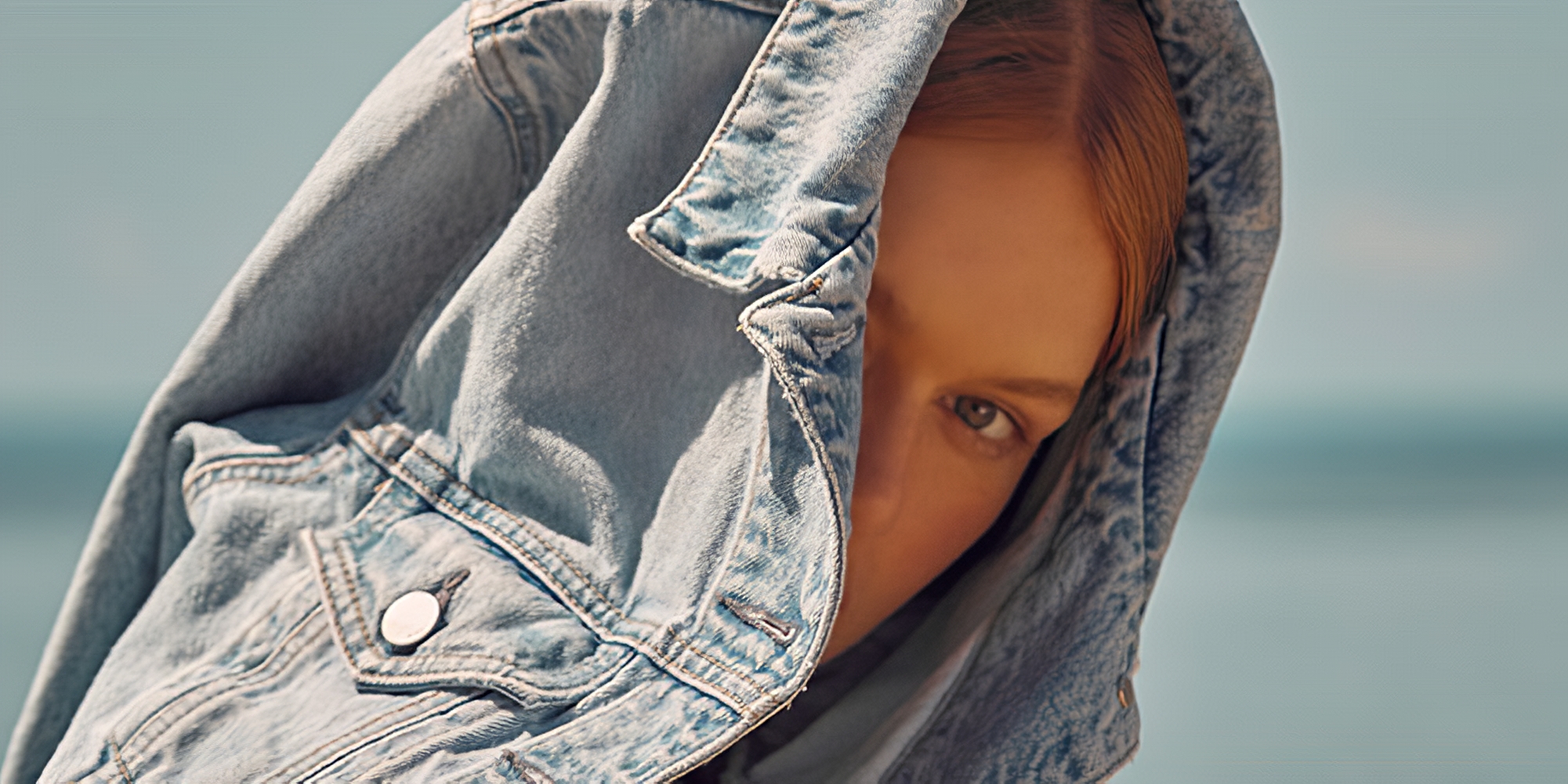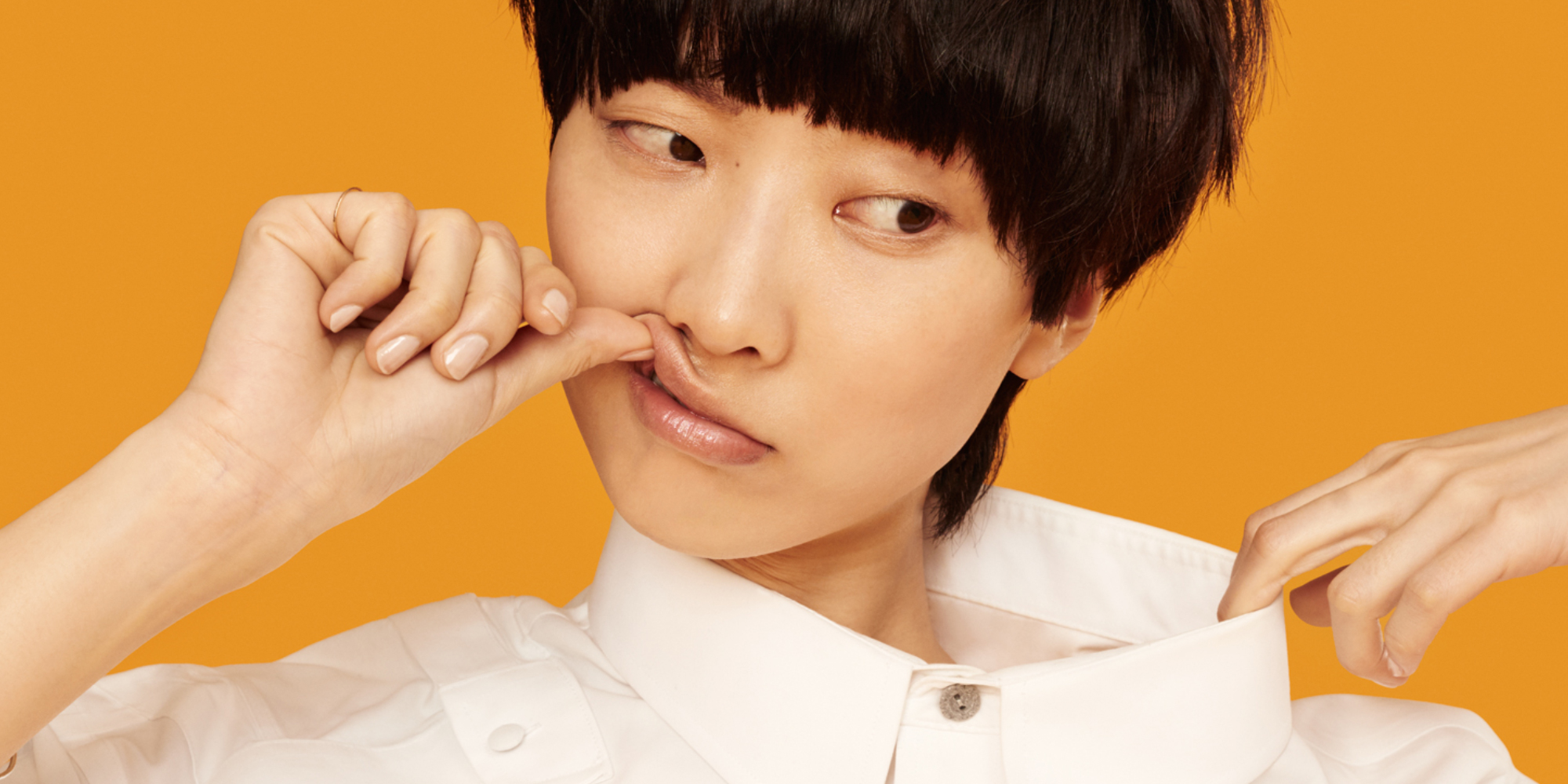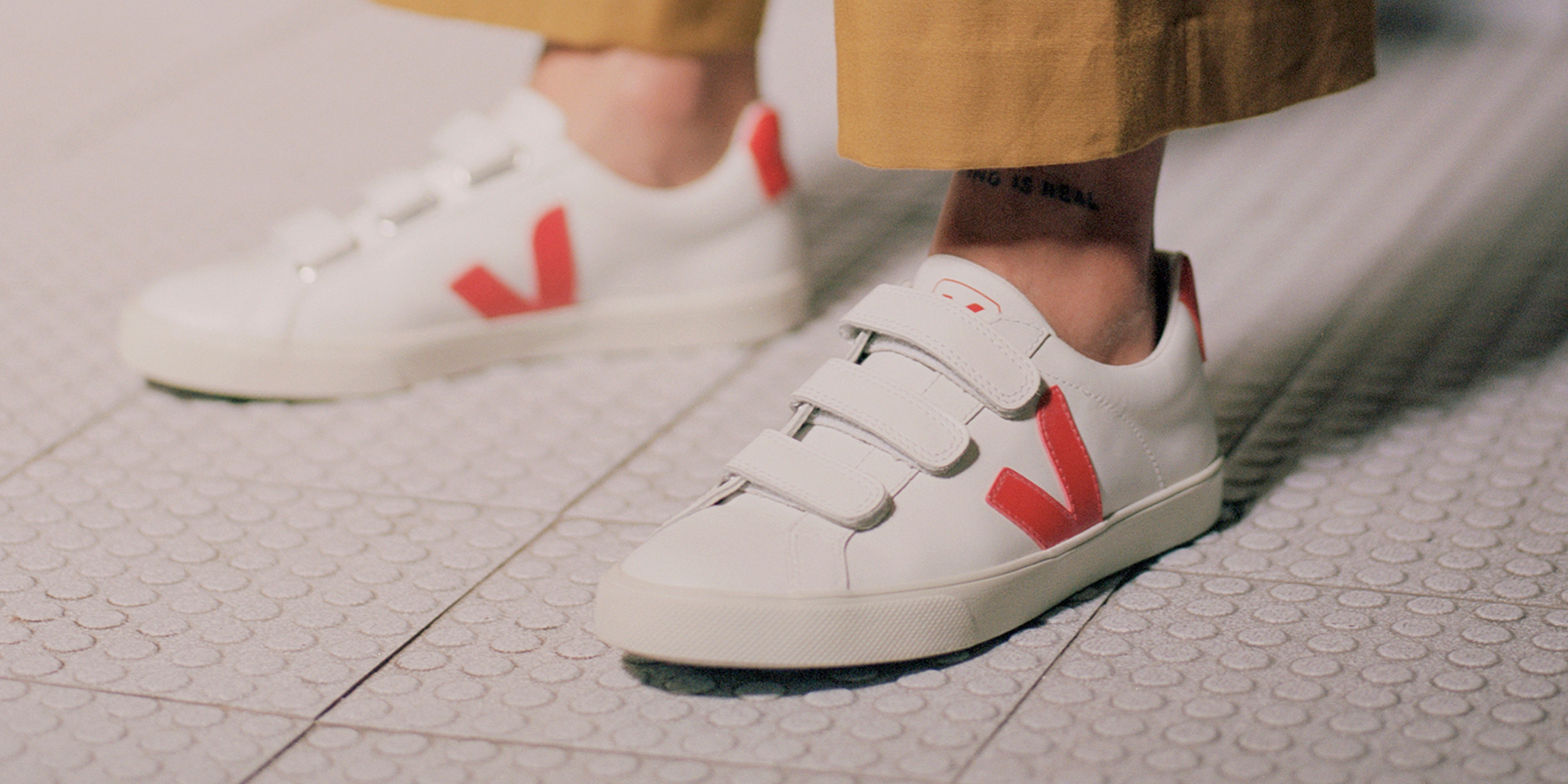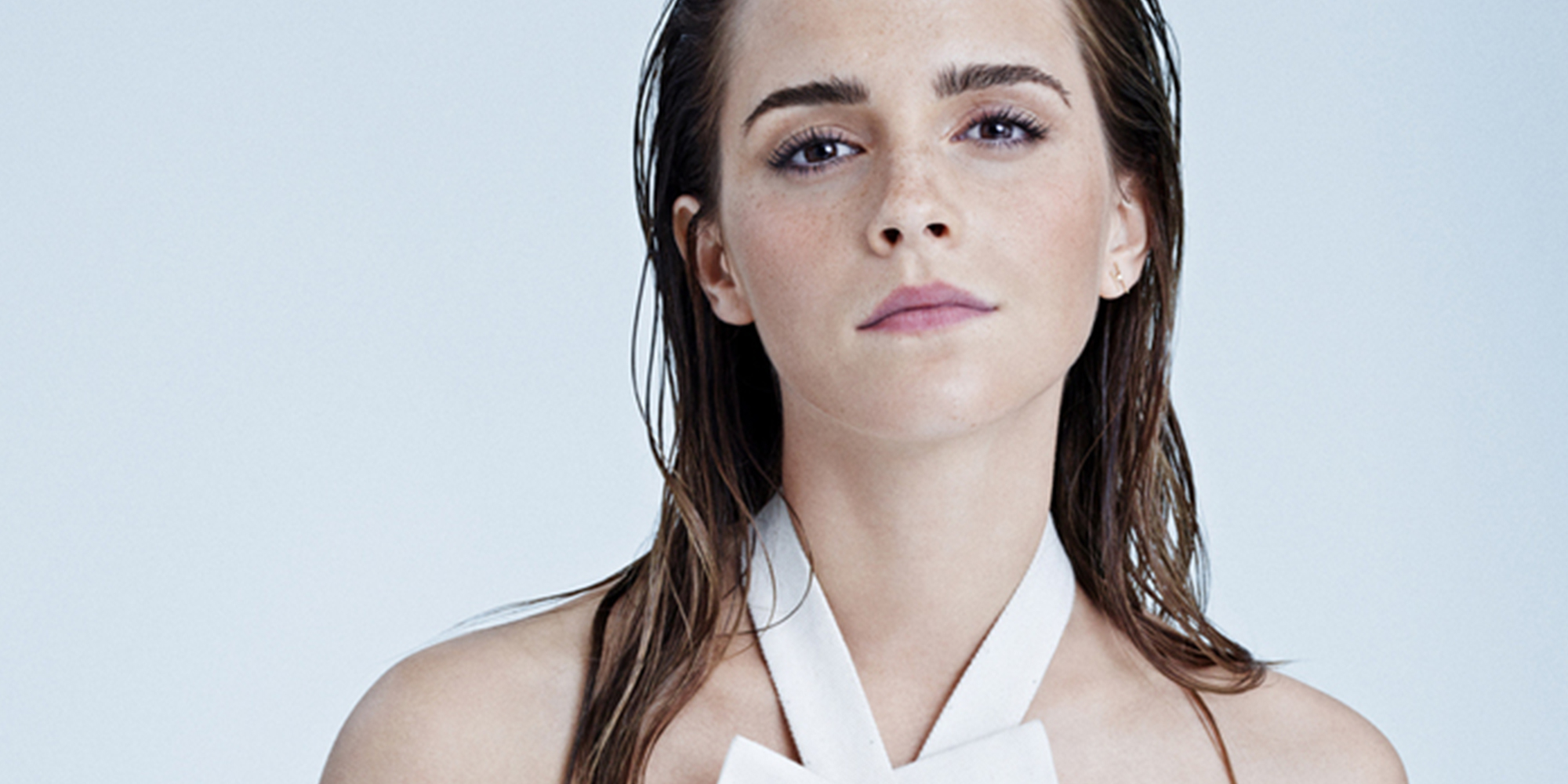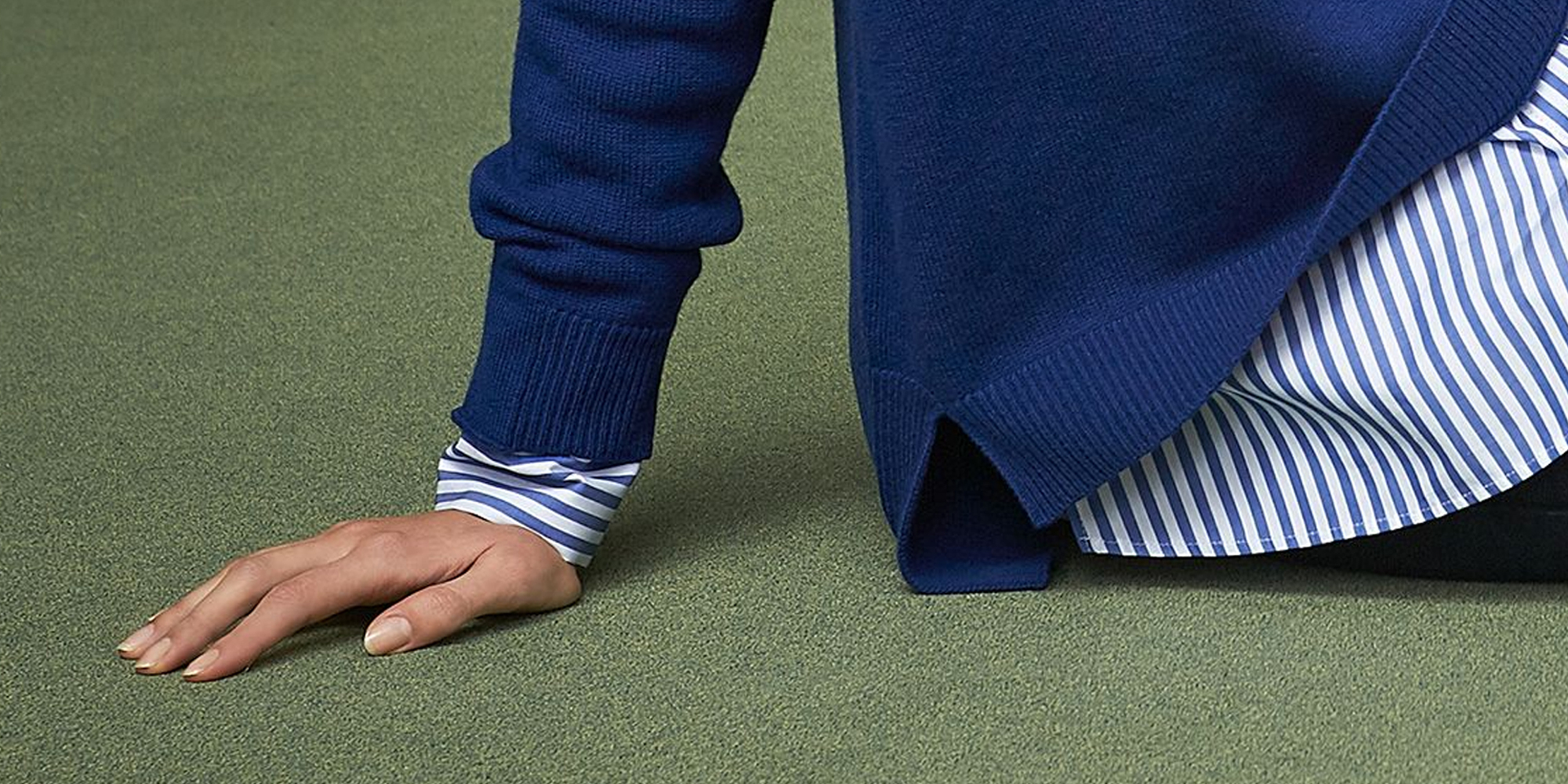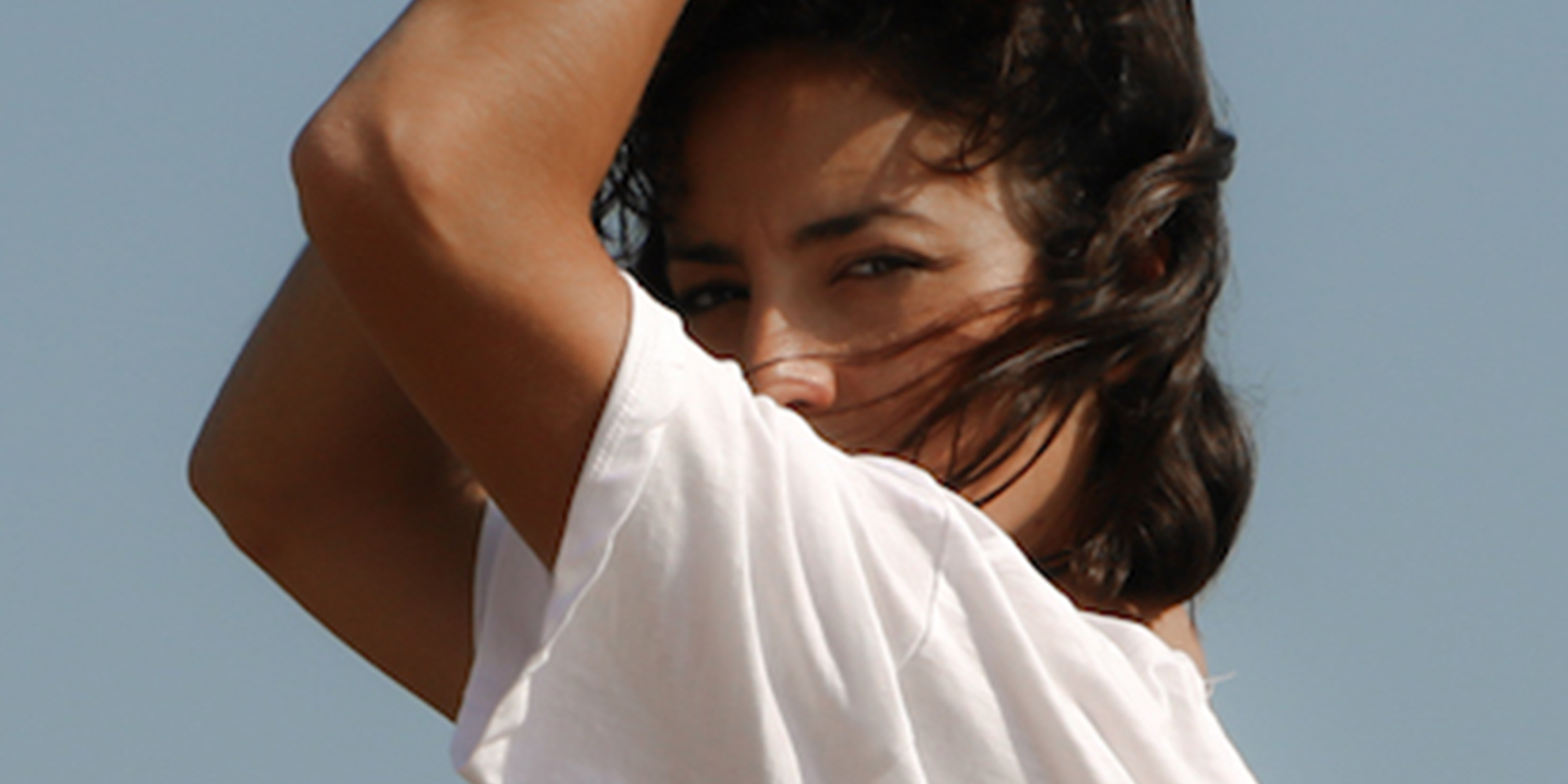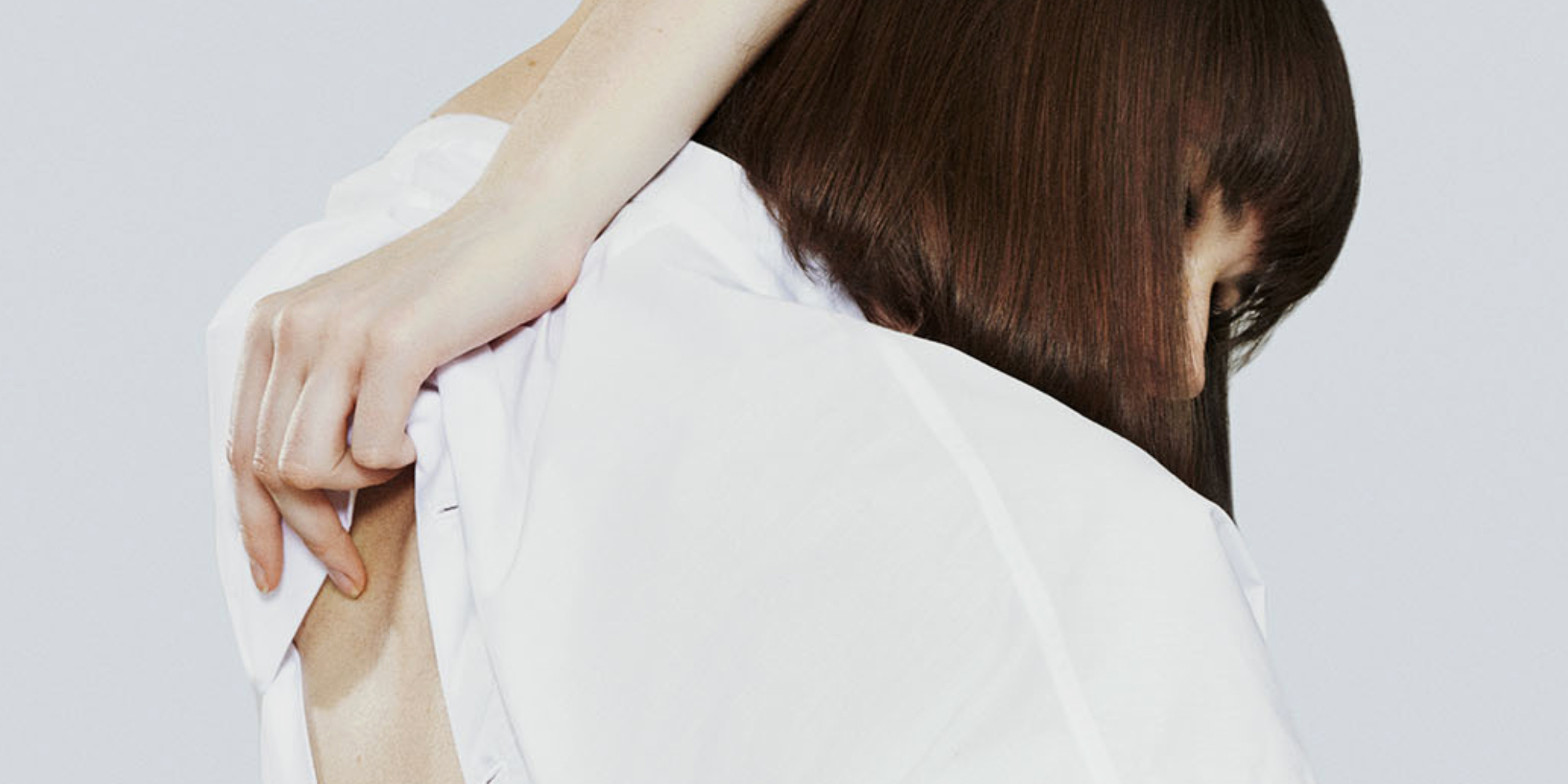Our editors curate highly rated brands that are first assessed by our rigorous ratings system. Buying through our links may earn us a commission—supporting the work we do. Learn more.
Founded in the 20th century, Dior is an iconic luxury fashion house that has revolutionised womenswear in its own way. Sadly, the brand isn’t doing enough to reduce its impact on people, the planet, and animals. Keep reading to learn more about why we rate Dior “Not Good Enough”.This article is based on the Dior rating published in January 2022.
Is Dior ethical or sustainable?
Founded in the 20th century by Christian Dior, Dior has revolutionised womenswear in its own way. The designer is most well known for being the creator of the “New Look”, a modern silhouette at the time, which broke with tradition by emphasising women’s hips and busts.
The maison, which is owned by LVMH, has been dabbling in sustainable fashion: inspired by Dior’s love of gardening, Maria Grazia Chiuri recreated a forest for the Paris Fashion Week Spring/Summer 2020 runway, promising to replant the trees in the Parisian region after the show.
But is this enough? How ethical is Dior?
Environmental impact
When it comes to the environment, Dior uses few responsible materials and has set an intensity target to reduce greenhouse gas emissions generated from its supply chain. However, there’s no evidence it’s on track to meet its target. Dior has eliminated some hazardous chemicals from its supply chain but has not set a time-bound target to eliminate all hazardous chemicals. We also found no evidence Dior minimises textile waste. Using some lower-impact materials alone is not enough and the brand no doubt has the resources available to do better for the planet. For all these reasons, we rated Dior’s environmental impact “Not Good Enough”.
Labour conditions
Unfortunately, Dior’s labour rating is also “Not Good Enough”. Although its final stage of production is undertaken in medium risk countries for labour abuse, the brand received a score of 21-30% in the Fashion Transparency Index. We also couldn’t find evidence Dior implements practices to support diversity and inclusion in its supply chain. More importantly, we found no evidence it ensures payment of a living wage. Plus, Dior does not disclose policies or safeguards to protect suppliers and workers in its supply chain from the impacts of COVID-19. The “iconic” brand has a long way to go for workers.
Animal welfare
Dior’s animal rating is “Very Poor”, our lowest rating. Dior is one of these luxury brands that are still harming animals for profit. The brand has a basic formal policy to protect animal welfare. The brand still uses fur, down, leather, wool, and exotic animal skin and hair. It traces some animal products to the first stage of production, but again, that’s simply not enough. What’s more, despite a petition demanding the brand go fur-free, Dior hasn’t made any obvious moves to remove the cruel fabric from its line. As material innovations hit the shelves, we hope to see these luxury fashion houses—who can certainly afford it—investing in animal-free options.
Overall rating: Not Good Enough
Overall, we rate Dior “Not Good Enough”. The brand has made small improvements since we last reviewed it, such as setting a target to reduce its greenhouse gas emission in all of its supply chain instead of just its own operations. It’s also using some lower-impact materials. However, the luxury fashion house still needs to reduce its use of harmful chemicals, ensure it pays its workers a living wage, and consider our animal friends. In any case, there’s still a very long road ahead.
Note that Good On You ratings consider hundreds of issues, and it is not possible to list every relevant issue in a summary of the brand’s performance. For more information, see our How We Rate page and our FAQs.
Luckily, there are some “Good” and “Great” alternatives to Dior. We recommend these responsible luxury brands that offer high quality and beautiful pieces.
Good swaps
More ethical alternatives to Dior

